Golisano Children's Hospital /
Tests & Procedures /
PET-MRI Scan
Having a PET/MRI Scan
Having a PET/MRI Scan
widget-9b34f594-fd0
-

Welcome!
Welcome to Imaging at the Golisano Children’s Hospital. We are going to show you what happens when you have a PET/MRI. Our hospital is beautiful and has lots of fun places for you to explore. The people are very nice and they care about you and your health.
You can talk to anyone on the healthcare team if you have questions about your scan.
-
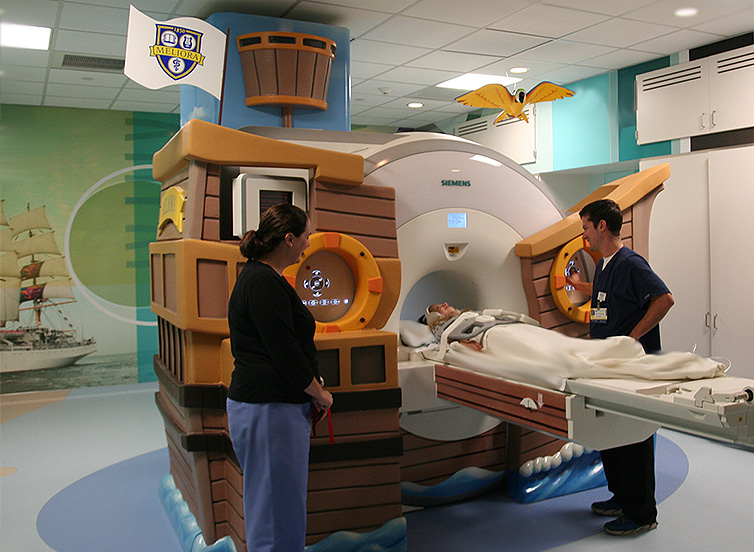
What is a PET/MRI?
PET/MRI is a short way of saying “Positron Emission Tomography” and “Magnetic Resonance Imaging.” These are two ways to make pictures of the inside of your body. The pictures are called “scans.” The pictures can help your doctor see what you need to feel better.
Our PET/MRI scanner looks like a pirate ship! During your scan you will be able to watch a movie! Bring your favorite DVD from home or choose one from our library. Just ask anyone on the healthcare team.
-
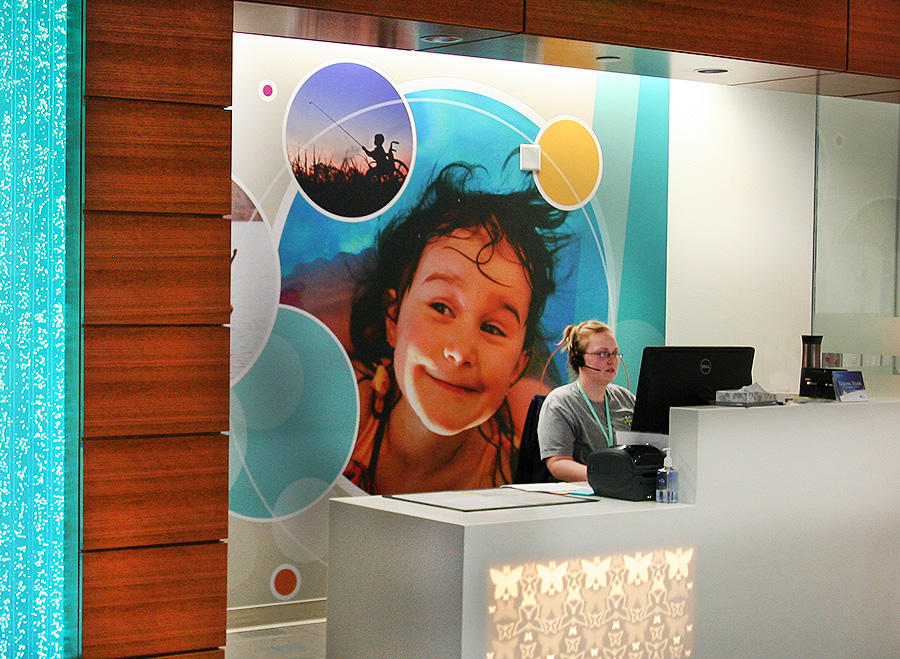
First Things First
When you arrive in the lobby our receptionist will check you in and let your nurse know that you are here for your PET/MRI scan. The lobby has fun furniture and there are books and magazines to read.
-
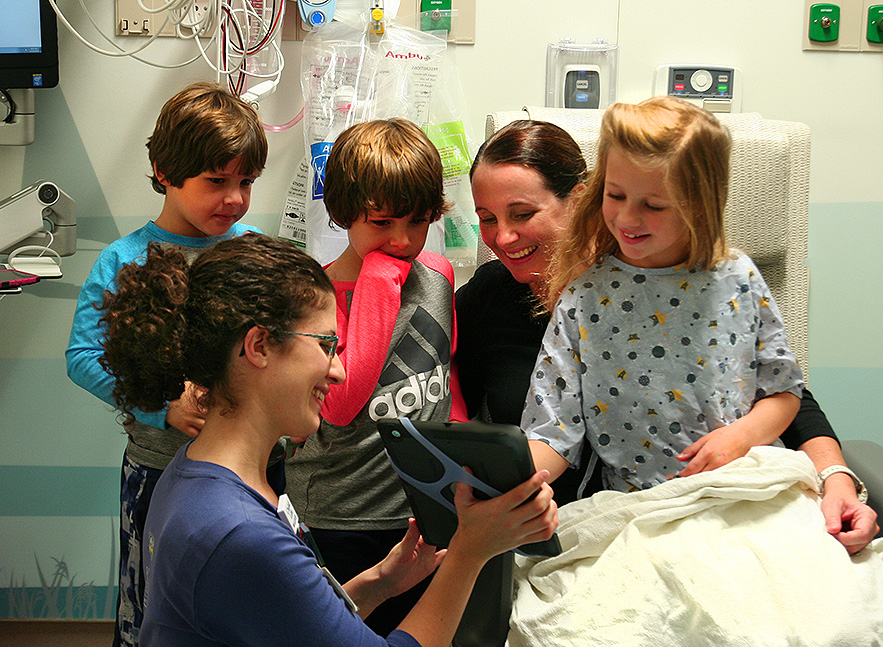
Preparing for Your Scan
There are some things you might need to do before your PET/MRI. Our team will bring you to the preparation room to get ready for your scan. The preparation room even has a TV for you to watch.
-
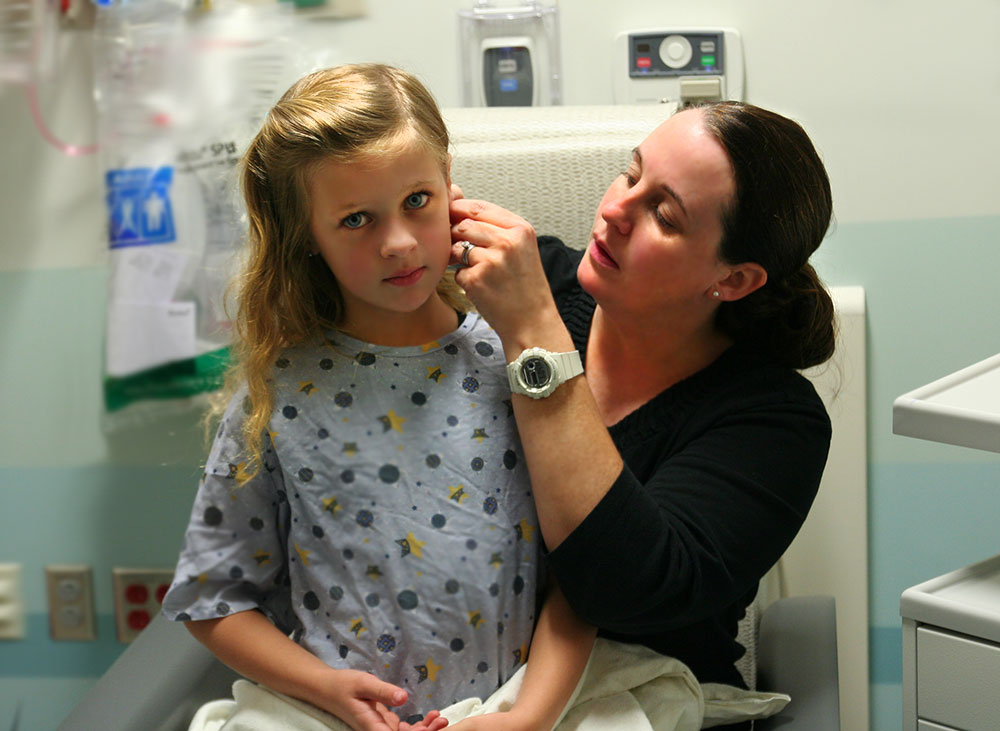
What to Wear and Going There
When it is time for you to go for your PET/MRI you may already be wearing comfortable hospital pajamas. You will be asked to take off anything metal that you’re wearing, like eye glasses, jewelry, or hair clips because these things can’t go into the MRI machine.
You may go to the MRI room on a bed, in a wheelchair, or by walking to it with the grownup who brought you.
-

If You Need an IV
If you need to have an IV, the first thing the nurse will do is look at your arm to find the best place to put the IV. Your nurse will gently rub a cream on the area to numb it. A special kind of rubber band called a tourniquet gives your arm a little squeeze.
Next, your nurse will clean your arm with special soap. Some children like to watch and some like to look away while they get their IV. The child life specialist may have fun things for you to do, like blow bubbles or play a quick game.
-
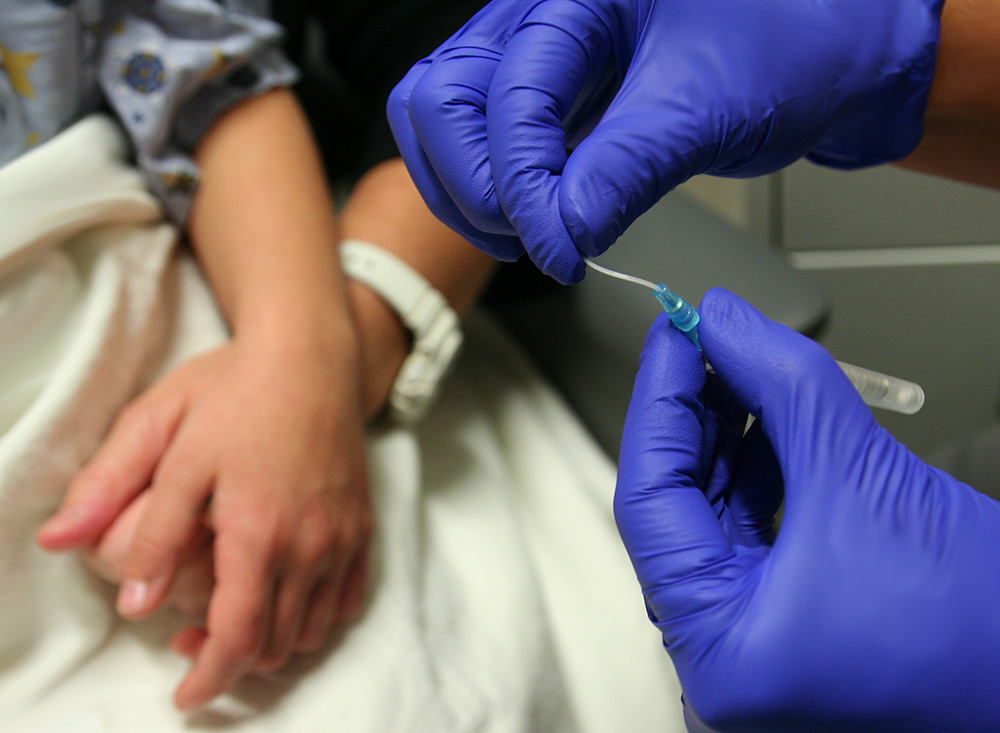
The IV
While the nurse is putting your IV in, your job is to hold your arm straight and to stay as still as you can. Take big deep breaths and relax. The nurse can count to three if you want.Next there is a quick poke. This is an IV.
-
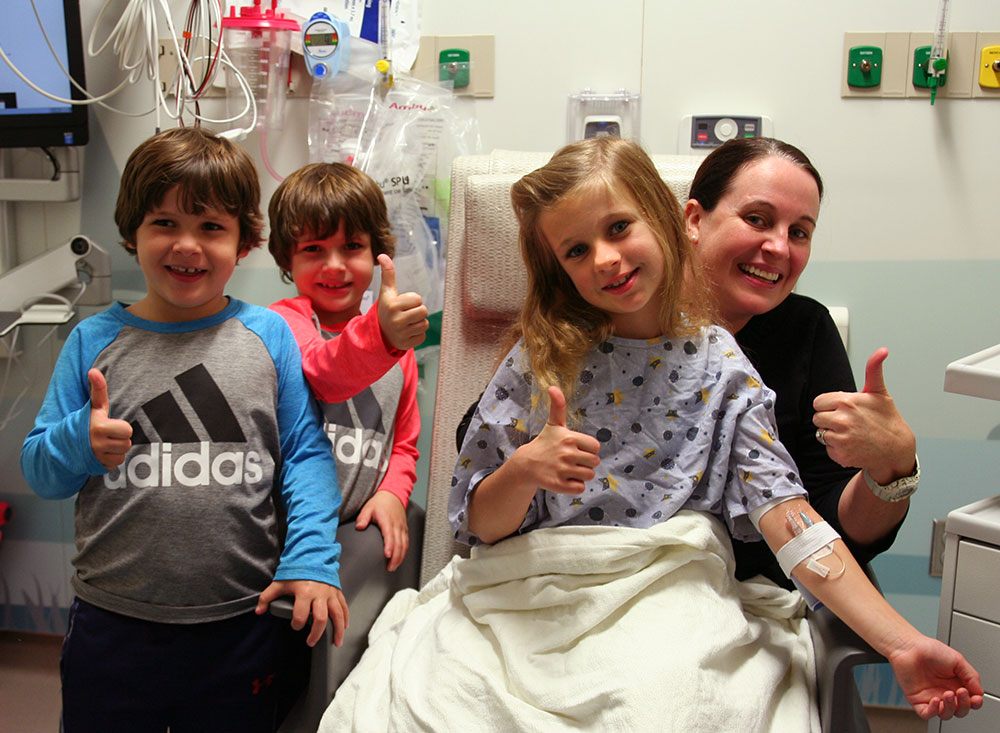
The nurse will put some special tape over the IV to help it stay in place. The nurse may also put some fluid through the IV to make sure it is working. This might feel a little cold.
Your IV will stay in during your scan. We like to make you comfortable so we can put a little pillow under the part where your IV is placed to give it a cushion to rest on.
That’s it! Your IV is ready!
-
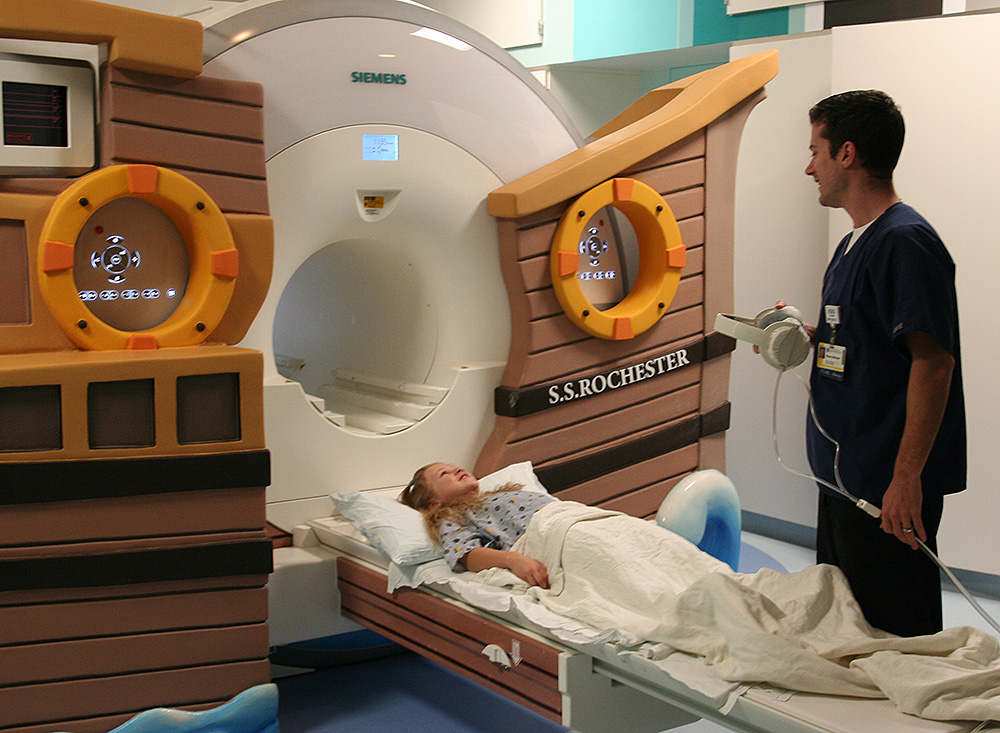
The PET/MRI Scan
A technologist will meet you in the room and help you get comfortable on the scanner’s bed. You may be positioned head first or feet first depending on what your doctor needs to see. Just like having your picture taken, the scan does not hurt.
-
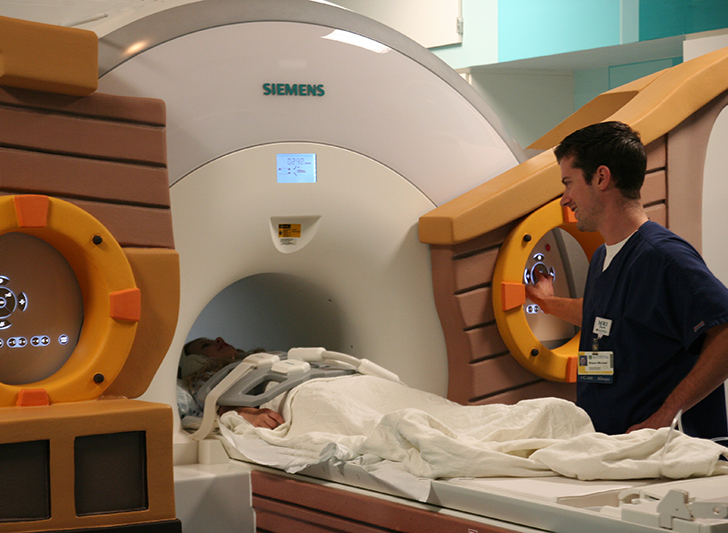
The bed moves slowly up and over, into the scanner. When your pictures are done it moves back out again. Your job will be to lie as still as you can with your arms at your sides. Sometimes you may be able to have a grown up in the room with you.
-
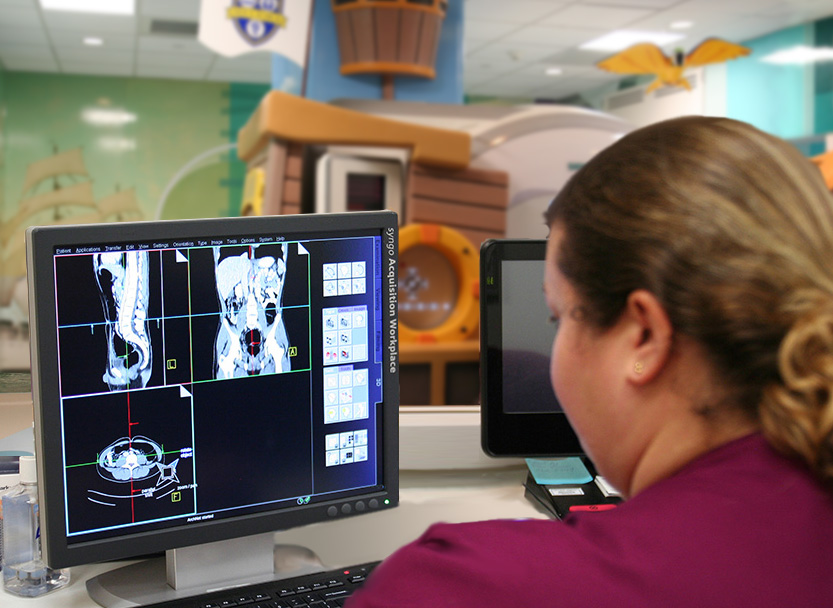
When it is time to start, the technologist will go behind a glass window to take the pictures. There are microphones inside the machine so you can talk to the technologist. It sounds like a humming noise and you’ll hear some thumping, like a drum. You even get to wear headphones! Your MRI might be as short as one cartoon show or as long as three cartoon shows depending on the pictures that your doctor needs.
-
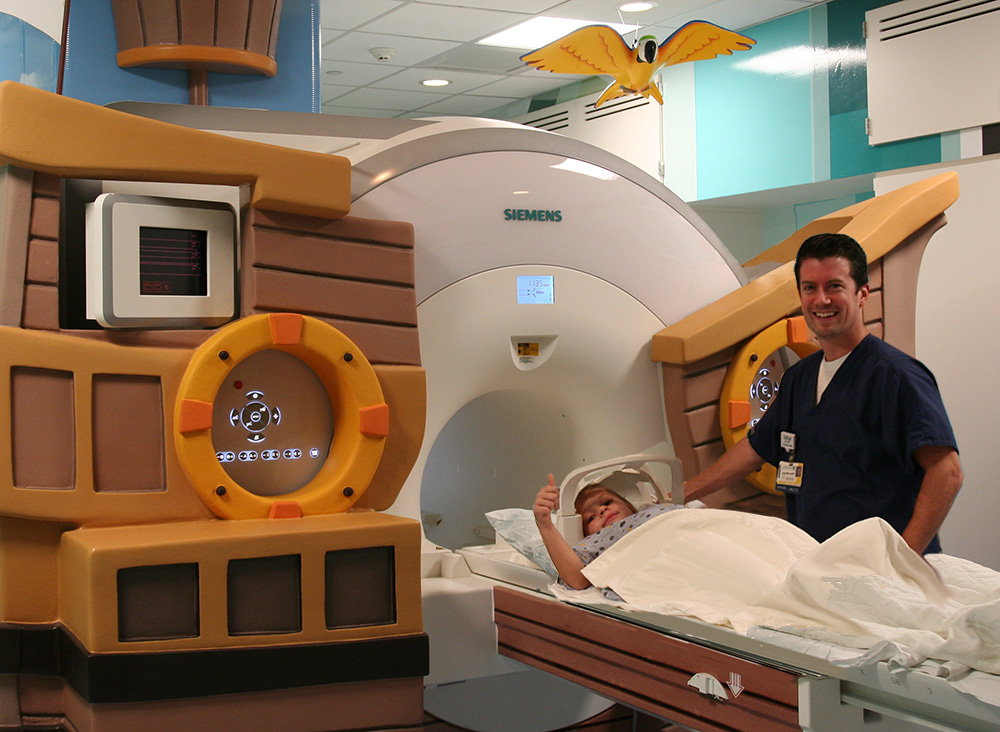
Hooray! You did it!
You were very still and the pictures turned out great. A radiologist is a doctor who is an expert at looking at these pictures. The radiologist will make a report, so your doctor will know what to do to help you feel better.